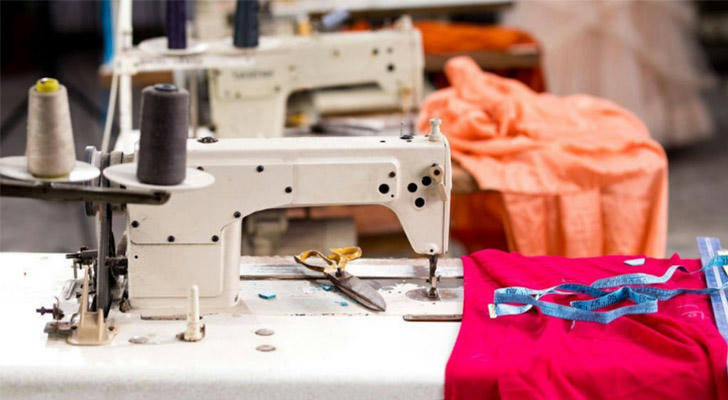Government-Sponsored 6-Week Fashion Design Programs: A Paths to High-Earning Careers
The global fashion industry is projected to grow by 5.8% annually through 2027, driven by rising consumer demand and digital innovation (IBISWorld, 2023). In the U.S., fashion designers earn $68,000–$150,000+ yearly, with specialized roles in sustainable design and tech-driven apparel offering even higher earnings (U.S. Bureau of Labor Statistics, 2024). Yet, traditional design schools often come with tuition fees exceeding $50,000—a barrier for many aspiring creatives. Fortunately, government-funded 6-week fashion design programs provide accessible, skill-focused training to launch careers without financial strain. This guide explores how to leverage these resources, master essential skills, and secure high-paying roles in the industry.

Why Choose a 6-Week Fashion Design Program? Key Advantages
Rapid Skill Acquisition: Condensed programs prioritize industry-ready competencies like pattern drafting and digital design tools.
Cost Savings: Public funding reduces training costs by 60–95% compared to private institutions (National Center for Education Statistics, 2024).
High Demand: Over 15,000 new fashion design jobs will emerge by 2032, with roles in e-commerce and wearable tech leading growth (BLS, 2023).
Core Curriculum: Skills That Drive Career Success
Government-backed programs focus on practical, job-ready expertise:
Technical Design Skills:
Garment construction (sewing, draping, tailoring).
Digital pattern-making using software like Adobe Illustrator or CLO 3D.
Industry Knowledge:
Textile science: Understanding sustainable fabrics and material innovation.
Color theory and trend forecasting.
Portfolio Development:
- Creating professional-grade collections for job applications.
Where to Find Government-Backed Fashion Design Programs

Eligibility: Ages 16–24; income-based qualifications.
Support: Covers tuition, housing, and supplies.
Impact: Trains 1,200+ fashion students annually.
Community College Partnerships
Example: Miami Dade College’s 6-week Fashion Accelerator offers subsidized courses for $300–$500.
Outcome: 82% of graduates secure internships or entry-level roles (AACC, 2023).
Programs: Workshops on garment alteration and small business basics.
Cost: Sliding-scale fees based on income.
State Workforce Initiatives
California’s Employment Training Panel funds fashion design training for unemployed residents.
Grants up to $4,000 for certification programs.
Success Stories: From Financial Barriers to Fashion Careers
Case 1: Jane’s Journey with Job Corps
Jane, a single parent in Ohio, enrolled in a 6-week fashion design program through Job Corps. With childcare support and waived materials fees, she built a portfolio focused on sustainable activewear. Today, she works as a junior designer at a Los Angeles startup, earning $65,000 annually—saving $12,000+ in tuition costs.

Case 2: Mark’s State-Funded Breakthrough
After losing his retail job, Mark qualified for a New York-funded digital fashion design course. The program included training in 3D apparel software, leading to a $75,000/year role at a tech-driven fashion firm. His total cost? $250 for software licenses.
How to Enroll: Actionable Steps
Verify Eligibility: Use Benefits.gov to confirm income or residency requirements.
Research Programs: Search the U.S. Department of Labor’s CareerOneStop for local options.
Prepare Materials: Gather ID, proof of income, and prior creative work (if applicable).
Apply Early: Programs like Job Corps often have waitlists of 2–3 months.
Conclusion: Stitch Your Future in Fashion—Affordably
Government-funded fashion programs are more than training—they’re a launchpad for lucrative, creative careers in a $1.7 trillion global industry (Statista, 2024). With roles in sustainable design, wearable tech, and e-commerce surging, now is the time to act. Explore the resources above, connect with local agencies, and transform your passion into a paycheck.
Your design career starts here: accessible, accelerated, and aligned with tomorrow’s trends.
References
U.S. Bureau of Labor Statistics (2023). Occupational Outlook Handbook: Fashion Designers.
IBISWorld (2023). Global Apparel Manufacturing Industry Report.
National Center for Education Statistics (2024). Tuition Costs of Short-Term Vocational Programs.
